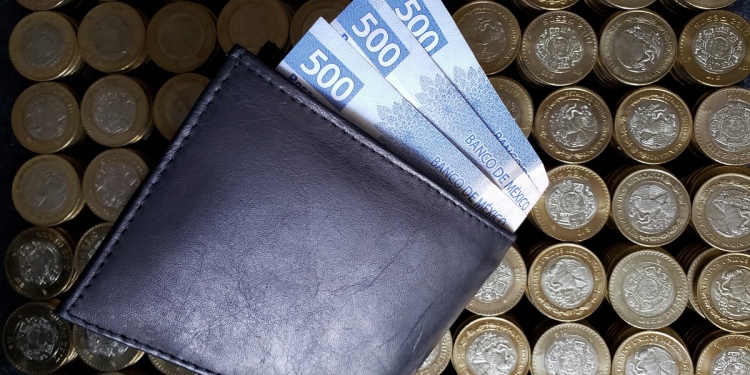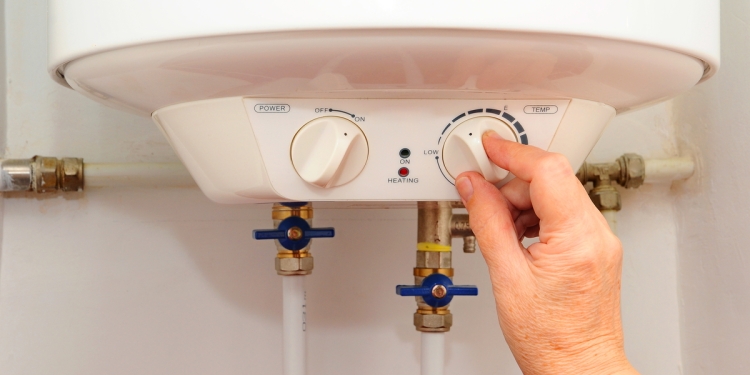Continually updated and detailed guides to living costs in Mexico
Detailed insights about living costs in Mexico
Mexperience publishes information that enables you to calculate your living costs in Mexico and compose a budget based on your individual lifestyle situation.
Don’t just guess at what living in Mexico might cost you. Everybody’s situation is unique, and so too are the costs.
Our regularly-updated insights to the Cost of Living in Mexico help you to create an accurate estimate of your living costs, based on your life stage, individual situation, and lifestyle choices.
Connect to detailed insights with our regularly-updated articles
Start to learn about living costs in Mexico and create a budget based on your own individual lifestyle plans:
- How to calculate your living costs in Mexico
- Cost of utilities and communications
- Typical costs for running your own car in Mexico
- Directory of stores, supermarkets and services in Mexico
See also:
- Read latest updates and insights about living costs in Mexico
- Articles and insights about your money and finances in Mexico
Resources for Living & Lifestyle in Mexico
Mexperience offers you a comprehensive online resource of information and local knowledge to help you discover Mexico, explore choices, find opportunities and plan a new life in Mexico. Our resources include:
- Detailed guides about relocating to Mexico
- Insightful articles about living and lifestyle in Mexico
- Detailed insights for lifestyle planning and your home life in Mexico
- A regular Mexico Newsletter you can subscribe to for free





